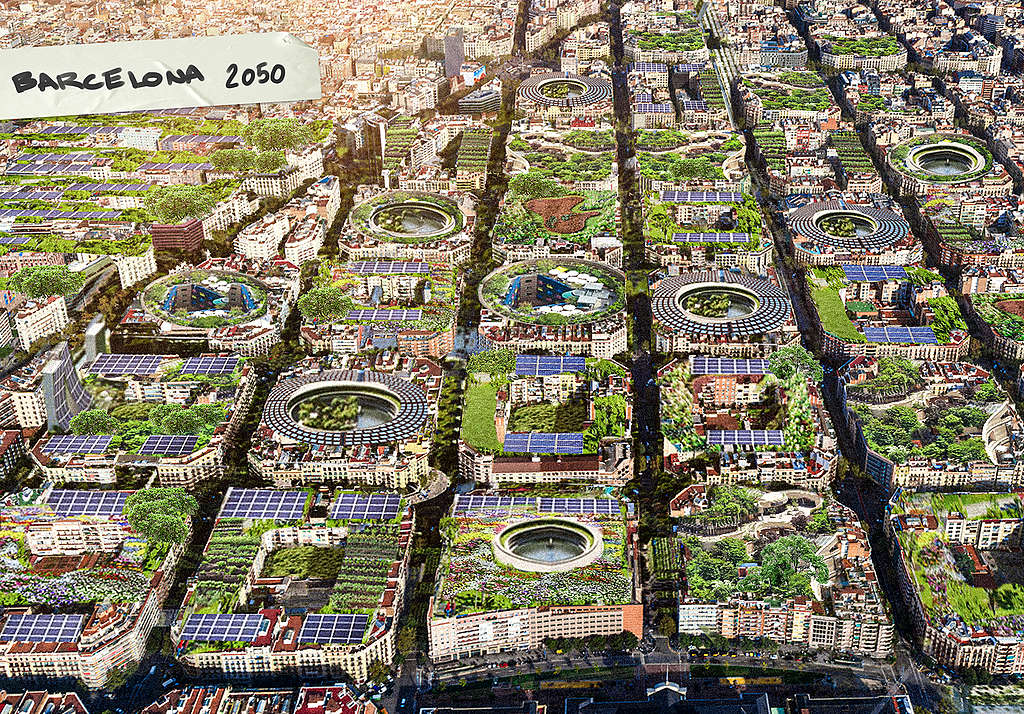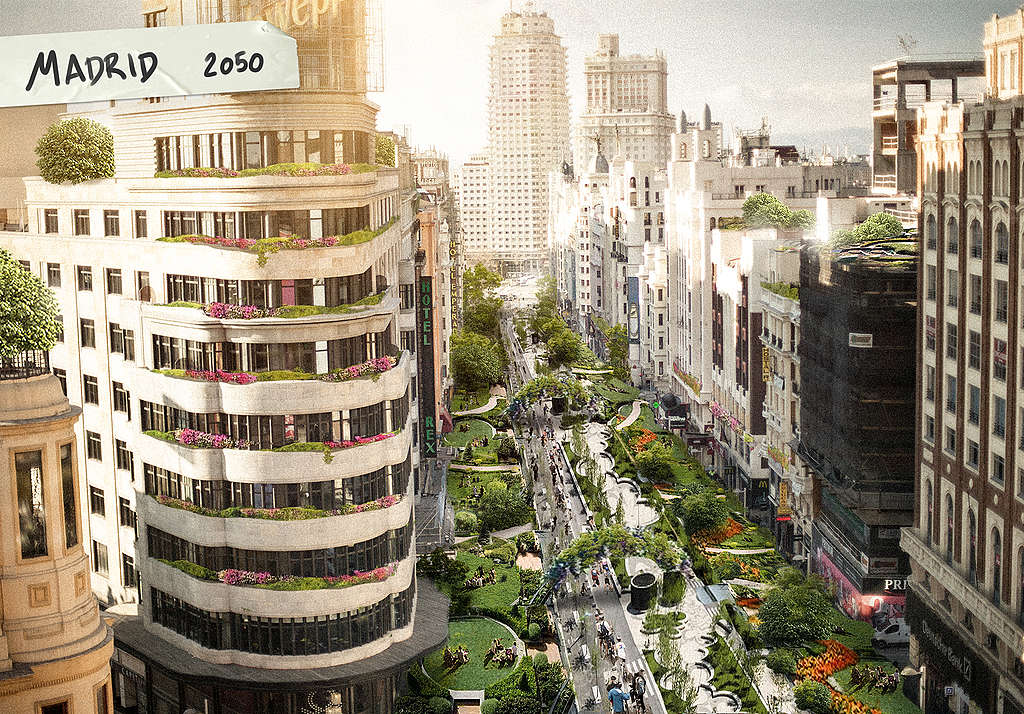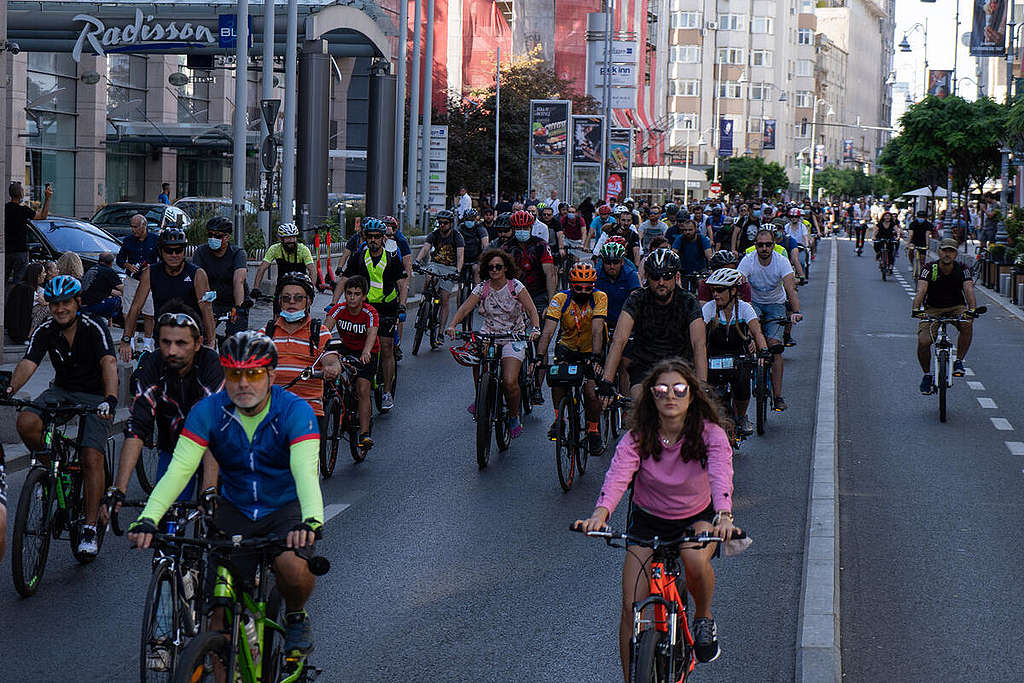When the climate crisis requires immediate action, cities become key players in the transition towards better ecological scenarios. Are mayors and governments ready to bet on ways forward that put the health of people and our planet before empty political statements? Are we as citizens ready to push the reinvention of our cities and be influencers of political change through resilient actions?
In a present that continues to alert us to a dystopian future, the health of people and the planet must be prioritized. Cities will be key players in this transition towards better ecological scenarios.

As we continue to experience the effects of a climate emergency around the planet – fires, heat waves, floods, increased hurricanes, the increase in climate refugees – the problems that make our cities less safe are evident: polluted air, inequality, lack of green areas and pedestrian spaces, not enough public transport and bike lanes, and poor access to local food and products.
– making cities more connected and coordinated around green policies could yield economic savings of up to $17USD trillion by 2050 as , and
The impacts of COVID-19 are also reshaping dramatically changing urban life around the world and how we think about cities: not only as economic and political centres but as places where urbanization and sustainability challenges must be addressed and various social sectors will play a fundamental role.
“Climate change is a global phenomenon that largely impacts urban life. Rising global temperatures causes sea levels to rise, increases the number of extreme weather events such as floods, droughts and storms, and increases the spread of tropical diseases. All these have costly impacts on cities’ basic services, infrastructure, housing, human livelihoods and health”. The actual risks depend on the location of the city or town and its specific characteristics.
And although global warming , urbanisation intensifies this process via urban heat island generation and aerosol radiative forcing. The consequences of interactions among climate change, the urban heat island effect, and air pollution are expected to increase the risk of poor human health in cities globally by the middle of the twenty-first century”.

A study of future climate impacts on 571 European cities found that 72% of these cities are projected to experience increases of at least 10°C in the maximum temperature during heat waves under the high scenario. For example, Madrid is 10.2°C and Rome 9.7°C in the maximum temperature during heatwaves. In addition, the duration of heatwaves, for example in Iberia and the Mediterranean region, is from some 2 days per summer (from 1961-1990) to some 13 days (for 2021-2050) and 40 days (for 2071-2100).
With these figures in mind, it’s time to take action and demand our governments and mayors step up to make our cities greener and more resilient. Because this is the last decade the world has to avoid the worst impacts of global warming: unimaginable natural disasters, sea-level rise, and mass extinction of wildlife. But it’s also a unique opportunity to build a stronger and fairer global economy. The longer governments wait to take action, the harder it will be to succeed.

And it’s not just about imagining a better future, it’s about knowing that a more liveable and sustainable city is possible, and necessary to make us safer and more resilient today – better public transport, more bike lanes, access to locally produced food, and public green spaces.
On this World Cities Day, let’s reflect on what kind of future we want for our cities; the moment to demand real change is now.
Celia Ojeda Martínez is a program manager with Greenpeace Spain and leads the Cities project








